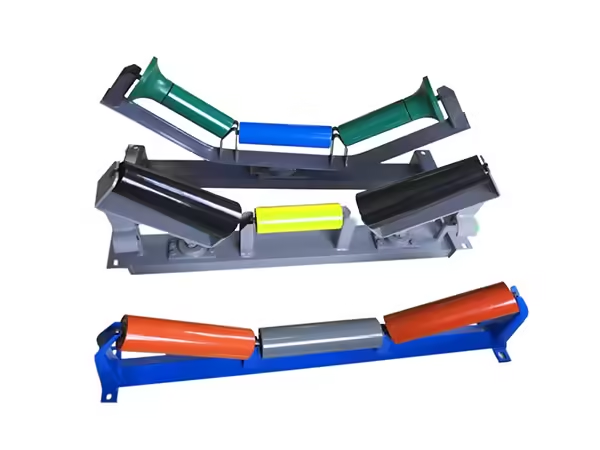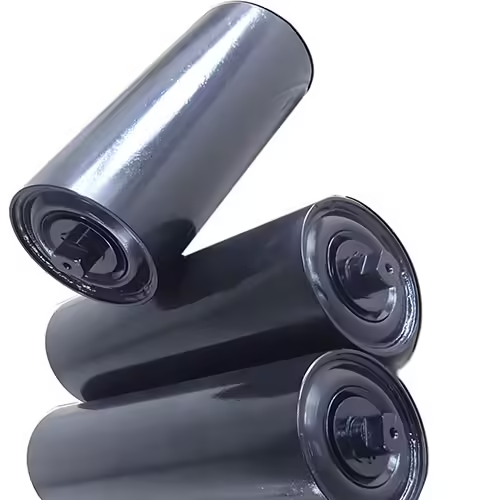Roller bearing seats, as a crucial component of conveyor belt systems, are directly impacted by the performance and service life of the rollers. Choosing the right roller bearing seat not only ensures conveyor system stability but also reduces operating costs. This article explains the functions of roller bearing seats, how to select them, and their impact on equipment performance.
The Function of Roller Bearing Seats
Roller bearing seats support and rotate the rollers, ensuring smooth rotation and supporting the load of the conveyor belt. The quality of the bearing seat directly determines the roller’s rotational efficiency, load-bearing capacity, and the smooth operation of the conveyor belt.
Selection Criteria for Roller Bearing Seats
Material Selection: High-quality roller bearing seats are typically made of wear-resistant and corrosion-resistant materials (such as high-strength steel or cast iron) to ensure long-term stable operation.
Sealing Performance: Roller bearing seats must provide excellent sealing properties to prevent dust, dirt, moisture, and other substances from entering the bearings, reducing wear and corrosion.
Load Capacity: Select a bearing seat that matches the load capacity of the rollers to ensure it can withstand the corresponding load and prevent premature equipment failure.
High-temperature resistance: Especially in industries like metallurgy and power generation, bearing seats require strong high-temperature resistance to ensure normal operation in high-temperature environments.
Roller Bearing Seat Maintenance and Care
Regular inspection and maintenance of roller bearing seats is crucial for extending equipment life. Maintenance precautions include:
Regularly clean the bearing seats to remove dust and dirt.
Check the seals to ensure proper sealing.
Replace worn or damaged bearing seats to prevent malfunctions from affecting system operation.




